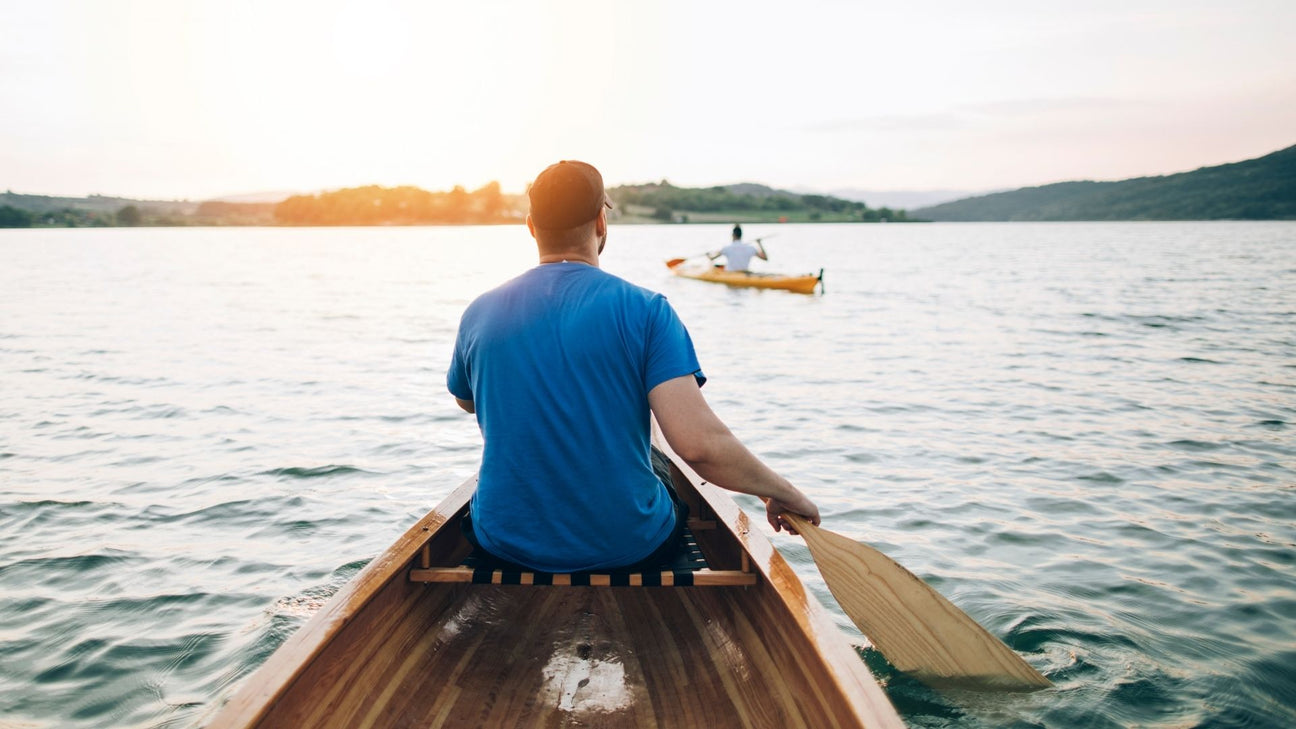Paddling through the UK’s waterways offers an incredible way to experience nature, but understanding the legal requirements can be confusing. Whether you’re a first-time kayaker or an experienced paddler, knowing when and where a licence is required is essential.
This guide explains everything you need to know about canoe and kayak licences in the UK, from which waterways require permits to how to obtain one and the consequences of paddling without one.
What Is a Waterways Licence and Why Is It Required?
A waterways licence grants permission to use specific rivers, canals, and lakes in England and Wales. The fees collected help maintain waterways, preserve habitats, and ensure safe access for paddlers.
-
Managed by organisations like the Canal & River Trust and the Environment Agency
-
Covers many canals, rivers, and lakes but not all waterways
-
Helps fund conservation and maintenance projects
-
Required for non-motorised vessels, including canoes, kayaks, and paddleboards
Scotland has different regulations due to the Right to Roam laws, which allow unrestricted access to most waterways without a licence.
Which UK Waterways Require a Licence?
While some waterways are licence-free, many require paddlers to obtain a permit. The need for a licence depends on the governing body of the waterway.
-
Canals – Most canals in England and Wales are managed by the Canal & River Trust, which requires a licence.
-
Rivers – Major rivers such as the Thames, Avon, and Medway require a licence from the Environment Agency or a similar governing body.
-
Lakes – Some lakes, including those in the Lake District, require permits, often managed by local councils or landowners.
-
Coastal Waters – No licence is needed for sea kayaking along the UK’s coastline.
How to Obtain a Waterways Licence for Canoeing and Kayaking
Obtaining a licence is a straightforward process, with several options depending on the frequency of your paddling activities.
-
Paddle UK Membership (Formerly British Canoeing)
-
Provides access to over 4,500km of waterways under one membership.
-
Includes public liability insurance for added protection.
-
Membership fees vary, with annual and family options available.
-
Direct Licences from Waterway Authorities
-
Licences can be purchased directly from the Canal & River Trust or the Environment Agency.
-
Some locations offer single-day or short-term permits.
-
Local Clubs and Hire Centres
-
Many canoe and kayak clubs include licensing within their membership.
-
Hire centres often handle licences for their rental equipment.
Short-Term and Visitor Licences
For those who only paddle occasionally, short-term or visitor licences are available.
-
Day or Weekend Permits – Available at some locations for temporary use.
-
Weekly or Monthly Licences – Some waterways offer licences that last up to a month.
-
Hire Centre Licences – If renting a kayak, the licence is often included in the rental fee.
-
Event-Based Licences – Some paddling events include short-term licensing for participants.
What Happens If You Paddle Without a Licence?
Paddling on licensed waterways without a permit can lead to penalties.
-
Fines and Warnings – Authorities may issue fines or verbal warnings to unlicensed paddlers.
-
Restricted Access – Some locations actively monitor licences and may prevent unlicensed paddlers from launching.
-
Loss of Insurance Coverage – Without a licence, paddlers may not be covered under Paddle UK’s liability insurance.
While enforcement varies, it’s best to stay compliant to avoid potential disruptions.
Exceptions and When a Licence Is Not Required
Certain waterways and circumstances allow paddlers to kayak without a licence.
-
Scottish Waters – Thanks to the Land Reform (Scotland) Act 2003, paddlers have the right to access most waterways freely.
-
Tidal Sections of Rivers – Many tidal river sections, such as parts of the Thames, do not require a licence.
-
Privately Owned Waters – Some lakes and reservoirs are private but allow paddling with the landowner’s permission.
-
Organised Events – Some races or group paddling events may include temporary licences for participants.
How Licensing Fees Support Waterway Conservation
The money collected from licences plays a crucial role in maintaining paddling routes.
-
Habitat Protection – Supports conservation of wildlife along waterways.
-
Waterway Maintenance – Funds dredging, repairs, and infrastructure improvements.
-
Safety Initiatives – Helps maintain signage, rescue points, and water quality monitoring.
Choosing to paddle legally helps sustain the natural beauty of the UK’s waterways.
Canoe and Kayak Licensing in the UK
Understanding when and where a licence is required ensures hassle-free paddling. While Scotland and coastal waters offer unrestricted access, many inland waterways require a permit.
If you plan to paddle on waterways managed by the Canal & River Trust, Environment Agency, or other similar agencies, you will need a Waterways Licence. The best way to stay compliant is through a Paddle UK membership, which covers thousands of routes under one fee while offering additional benefits such as insurance and discounts.
Before heading out, check local waterway regulations, consider short-term licences if needed, and ensure you’re contributing to the upkeep of these beautiful natural spaces. With the right licence in hand, you can enjoy the UK’s rivers, canals, and lakes with confidence.




